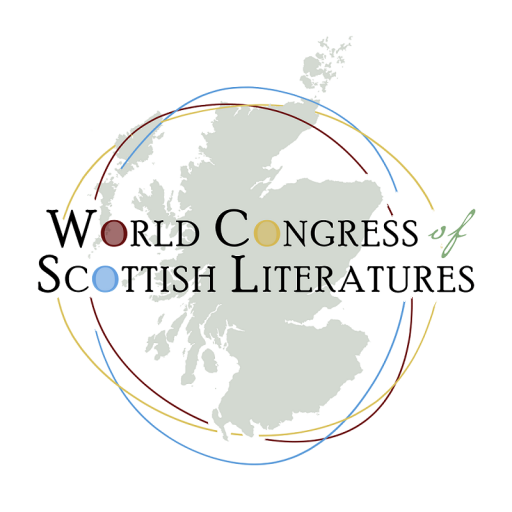Robert Louis Stevenson’s Kiribati Legacy
On the 30th August 1889, Robert Louis Stevenson docked in the Gilbert Islands atoll of Apemama after a six week expedition around the islands of Butaritari, Mariki and Apaiang with his extended family. Over the next two months, the group made a temporary home amongst the people of Apemama, which is now part of the island group known as Kiribati. Stevenson’s stay in the islands, and particularly his use of photography to record indigenous customs, has been the focus of recent work by Carla Manfredi and Chris J. Thomas, whose research emphasises the value of reframing the author’s legacy in the region through closer examination of the dynamics of his relationship with the King of Apemama, Tem Binoka. Memorialised as a tyrant King, Binoka’s interest in securing access to imported Western commodities has been viewed as essential to the successful and speedy annexation of the island group by Captain Edward H.M. Davis of the HMS Royalist in 1892.
Following on from recent moves to recentre Stevenson-in-the-Pacific studies through the lens of postcolonial and critical indigenous theory, this paper draws on methodologies central to ethnographic fieldwork to place Stevenson’s account of his time in Apemama alongside testimony from members of the Kiribati Tungaru Association. These members reflect on the repercussions of Stevenson’s relationship with Binoka, whose influence was fundamental to a purchase that Stevenson made whilst in the atoll of a local object – a ‘devil-box’ made from wood of the teitei or pandanus tree and human hair, which was used by an indigenous sorcerer, Terutak, to cure the author of a head cold. After purchasing the box, at considerable effort and cost, as well as the input of Binoka, Stevenson sent it to London, to the folklorist Andrew Lang, a regular correspondent and advocate for the author. The esoteric value of such objects, as the witnesses I draw from highlight, was immense, and there are no other known instances of their removal from the islands. After presenting a brief account of this episode, this paper considers the implications of deploying indigenous testimony to approach a re-evaluation of Stevenson’s Pacific journeys and reimagine the significance of collected Oceanic nineteenth-century material culture in the present day.
Chloe Osborne, Royal Holloway, University of London
